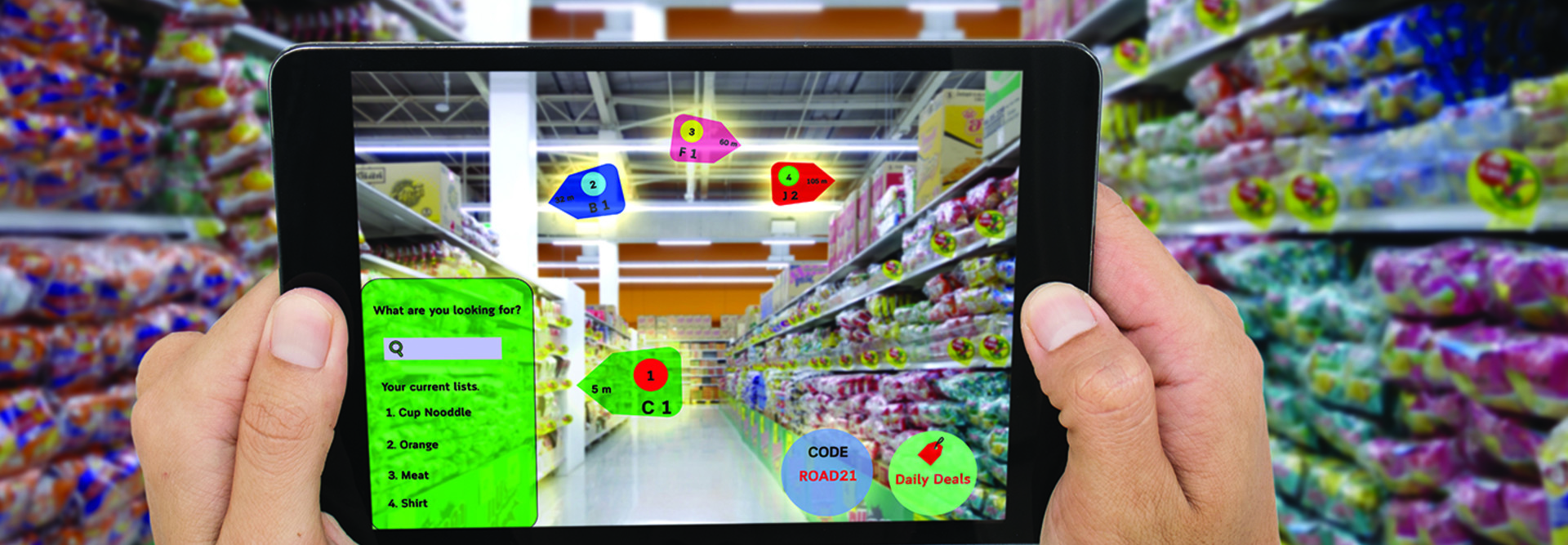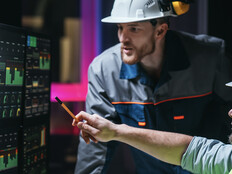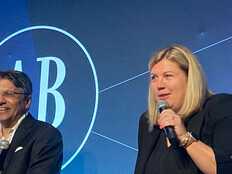What Is a Smart Supermarket?
Smart supermarkets use connected IoT devices to collect physical data, relay this information to digital platforms and help grocery store staff make better decisions.
“IoT in supermarkets is really about associating sensor tech to things that are commonly used in the store,” says Jean-Michel Fally, digital strategy partner at IBM. “But what’s changed recently is the price point: Devices are cheaper and more cost-efficient — the juice is now worth the squeeze.”
Still, challenges remain, according to IBM Global Team Leader Bill Gillispie. Smart stores “still haven’t figured out how to effectively map consumers,” he says. “How do you send deals to customers in-store? How do you intercept customers’ planning process or give them personalized promotions?”
To deliver value, smart supermarkets must deliver both improved customer experience and enhanced corporate efficiency. The result: Store success at scale demands specific application rather than general adoption — from smart shelves to smart grocery carts, cashierless options and underlying infrastructure support.
MORE FROM BIZTECH: A guide to predictive analytics in retail.
What Are Smart Shelves?
As noted by Gillispie, smart shelves got their start in 1992 with electronic shelving labels. They’re now making a comeback thanks to low-cost connected devices that can both display prices and detect stock levels. Gillispie also points to their use in store planning. “They can give you a custom planogram,” he says, “or map your picker through the store.”
In effect, these labels form the foundation of inventory visibility and demand forecasting — if supermarkets are constantly running out of fresh fruit, pasta or toilet paper, smart shelf technology helps align procurement with consumer purchasing habits.
Fally goes a step further, pointing to equipment assets that underlie many product shelves, such as refrigerators. “A simple fridge is on or off,” he says. “Add sensor technology, and it can hear when the cooling mechanism needs repair, see when to turn the lights off after hours or smell when products start to spoil by detecting the presence of ethylene gas.” This information can then be pushed out to applications on employee devices that alert them to stock levels, spoiled food or the need for preventive maintenance.
What Are Smart Shopping Carts?
Grocery carts also play a role in smart retail rollouts. By reducing the interaction between staff and customers, stores can improve safety and increase customer volume simultaneously. Recent “smart cart” trials in Canadian supermarkets focus on shifting the scanning and checkout process into the cart itself by allowing customers to pay for items as they’re shopping and simply leave when they’re done.











